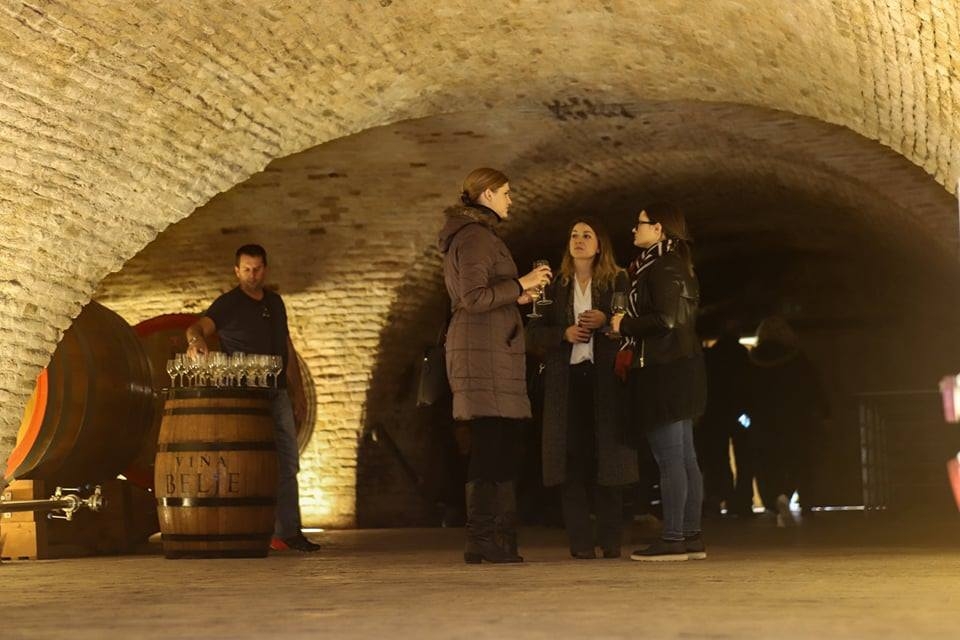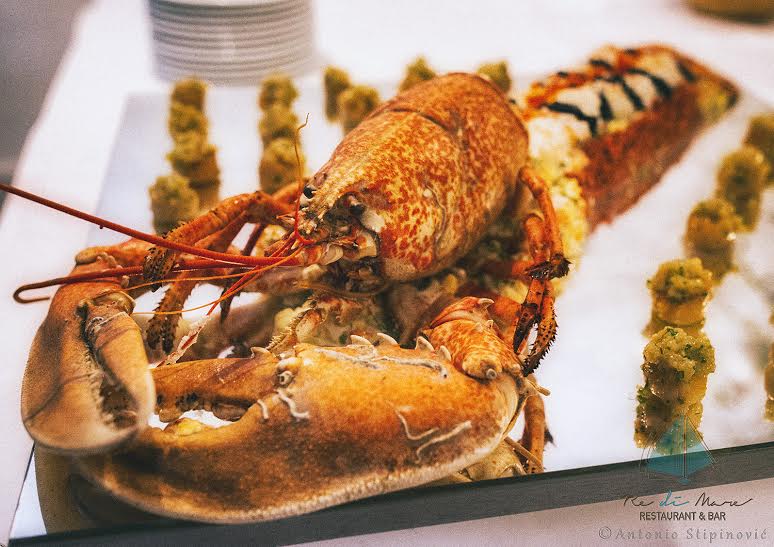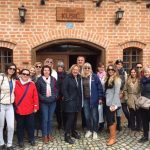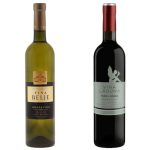
The new winery is a stark contrast to the old cellar – as much as the old one breathes rusticity, the new one boasts modernity
At the recently held Croatian Tourism Days, the Baranja region received a prestigious title as the best rural destination for 2017. To mar this occasion, Belje Wines organised an open doors event in order to introduce the broader public with their old cellar in Kneževi Vinogradi and the new winery in Kamenac, along with tastings of Belje wines and Baranja kulen.
Guiding us through the old cellar was the Belje marketing and public relations director Ljiljana Vajda-Mlinaček. The old cellar dates from 1526, when it is mentioned as a Turkish warehouse and stable. The cellar was built before the era of Ottoman conquests, but as their religion forbid the consumption of alcohol, they did not use it to ripen and store wine. The tradition of wine production in the Baranja area, on the locality of Banovo Brdo, dates from antique Rome and Roman emperor Probus, while Romans named Banovo Brdo Mons Aureus, or golden hill. As an analogy, after the Turks were driven away by the Austrian general Eugene of Savoy, Banovo Brdo was known as Goldberg. Today the finest line of Belje wines carries the name Goldberg. Graševina is the most cultivated variety in Belje vineyards, giving the best results in globally right in the Danube area, where Baranja belongs.
The particularity of Baranja is also the style of wine cellar construction. Baranja is characterised by cellar horizontally dug into a hill, not descending far below the surface, named gators. The concentration of gators is especially high in Zmajevac, and the Belje gator in Kneževi Vinogradi is the largest single gator.
Belje is specific by wines made exclusively from their own grapes. Belje and its 650 hectares of vines is the largest producer of grapes in Croatia. Some wineries make more wine than Belje, but rely on bought grapes.
The old cellar was completely renovated in 2009. During the restoration all conservation rules were obeyed, even importing old brick form Austria. Wine is aged there only in wooden barrels with 10,000 litre capacity, and the new winery uses giant stainless steel tanks. The wooden barrels are made only from Slavonian oak from Spačva, but are hand produced in Italy, as there is simply no company in Croatia which produces barrels of such characteristics. The stainless steel mostly holds Graševina, a flauntier and fresher wine marketed relatively fast. On the other hand, wine aged in wood is saved for several years as it gains an additional note of ripeness. The oldest bottle of wine is a Cabernet Franc from 1949, while the cellar has a very large and valuable archive.
The oldest bottle of wine in the cellar is not from Graševina, the most characteristic for this area, but a Cabernet Franc. Most of the public is not aware that Vilanny, mostly known for its red wines and located in the Hungarian part of Baranja, used to be an integral part of the Belje estate. The Vilanny wine region focuses on Cabernet Franc.
With the guided tour, visitors could taste the Belje Graševina and kulen. After the old cellar, we visited the gigantic new winery in Kamenac, riding to it from Kneževi Vinogradi along the ridge of Banovo Brdo, where a young Graševina from 2017 was served. The new winery is a stark contrast to the old cellar – as much as the old one breathes rusticity, the new one boasts modernity.











